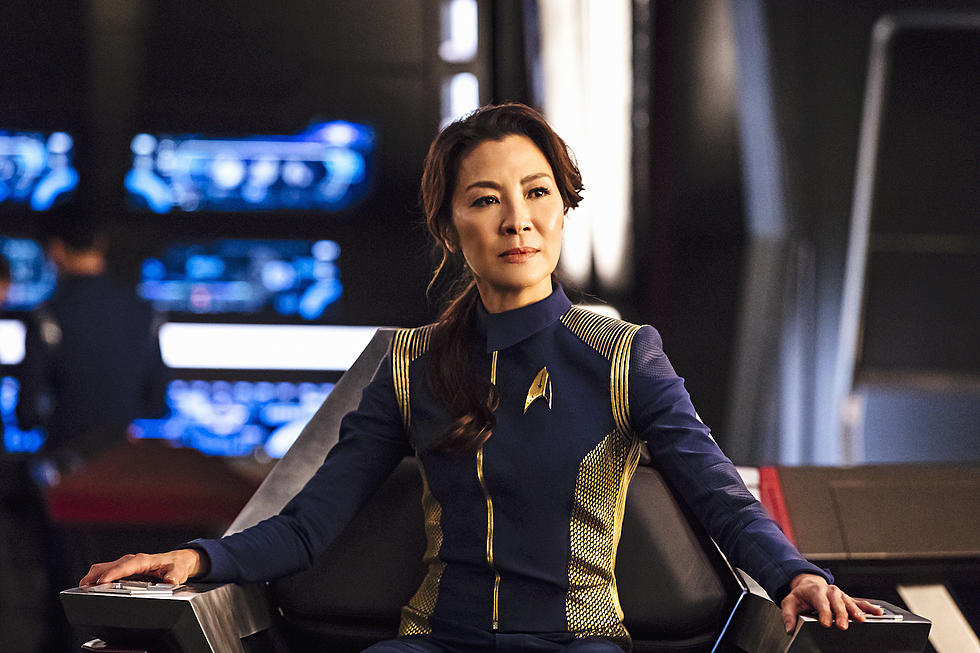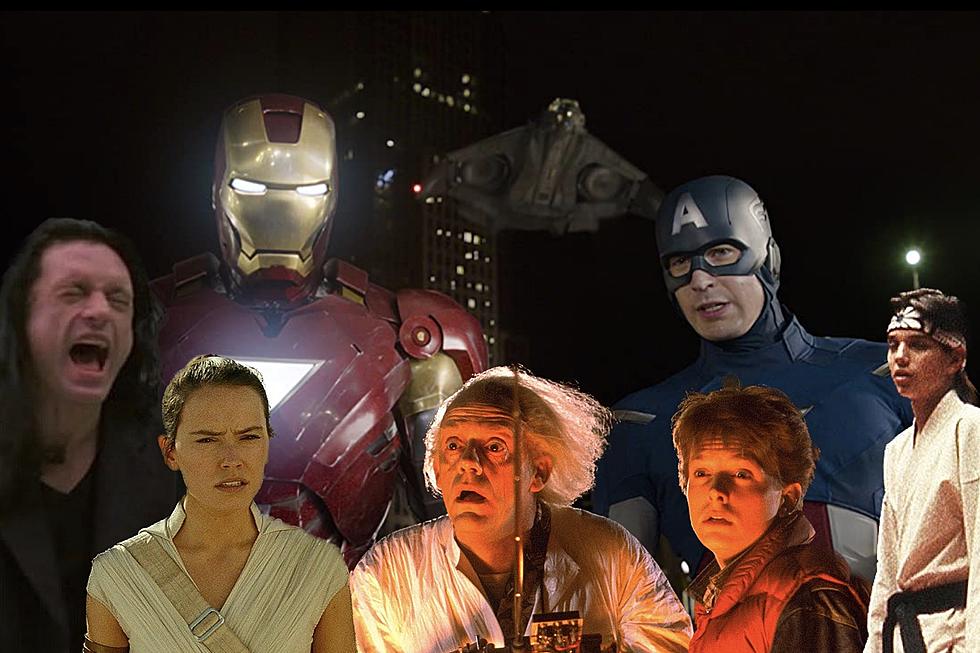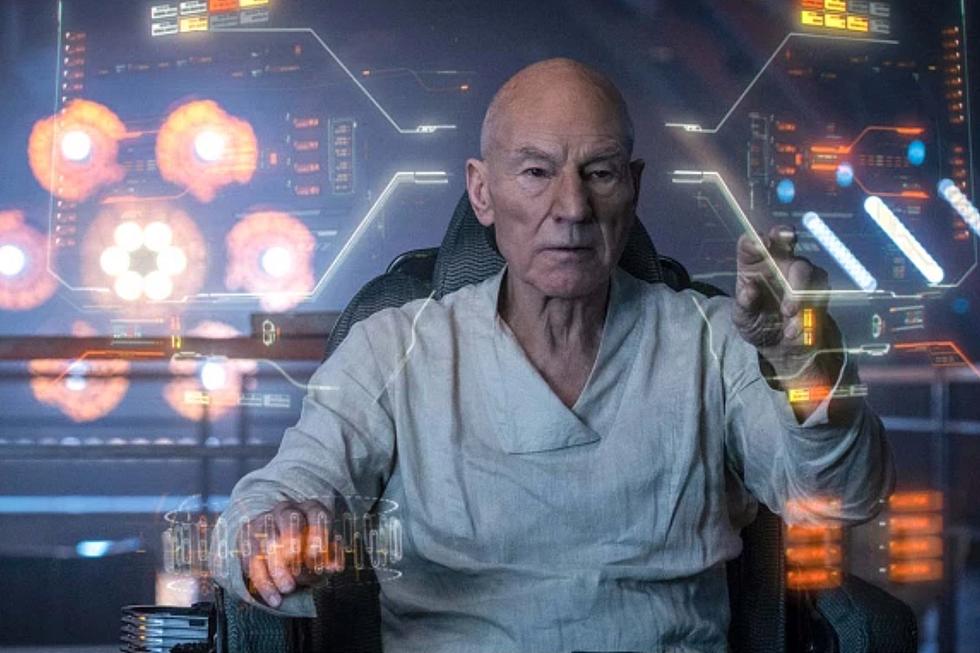![What Ties These Five Time-Travel Movies Together? – [VIDEO]](http://townsquare.media/site/521/files/2015/11/Movies.png?w=980&q=75)
What Ties These Five Time-Travel Movies Together? – [VIDEO]
While I was watching 'Time After Time' this weekend, I began to notice several things that tied this film to one of the 'Back to the Future' movies with three of the 'Star Trek' movies!
Ok, so technically Star Trek III: The Search For Spock isn't a time-travel movie, but who cares....it all ties in nicely! This is the stuff I think about on lazy Sunday afternoons while watching old movies. Hang on because here we go!
I was noticing the time-traveling ties between 'Time After Time' (1979) and another movie 'Back to the Future III' (1990), a film also starring Mary Steenburgen. In 'Time After Time', she played Amy Robbins, a 20th Century woman who falls in love with a time traveller, H.G. Wells (played by Malcolm McDowell) from the 19th Century.
In Back to the Future Part III (1990), she played Clara Clayton, a 19th Century woman who falls in love with a time traveller, (played by Christopher Lloyd) from the 20th Century.
In one particular scene at a park on the bay in San Francisco, H. G. Wells (Malcolm McDowell) tells Ann the truth about himself. This is the same location that Captain Kirk (William Shatner), and Spock (Leonard Nimoy) improvise their famous 'Yes. No.' scene with Gillian (played by Catherine Hicks) in 'Star Trek IV: The Voyage Home' (1986). Bonus factoid: This is one of two 1986 time travel films in which Catherine Hicks (Gillian Taylor) plays a supporting role. The other is Peggy Sue Got Married (1986).
A deleted scene featured H. G. Wells (Malcolm McDowell) meeting a punk who was playing extremely loud boom box music on a bus in San Francisco. The idea was later reused in 'Star Trek IV: The Voyage Home', which was co-written by Nicholas Meyer.
Christopher Lloyd, who played Doc Brown, inventor of the time machine in the Back to the Future (1985) trilogy, plays the Klingon commander whose ship is taken over by Kirk and his crew. In the next movie (Star Trek IV: The Voyage Home (1986)), Kirk coincidentally uses this same ship to travel back to the 1980s, near the 1985 date that Brown first used his famous DeLorean time machine.
In 'Time After Time', it's 1893 London and H.G. Wells believes that the future holds a Utopian society. He also believes in time travel. He has just built a time machine which he is displaying to a group of skeptical friends, including surgeon Dr. John Leslie Stevenson. Unbeknown to Wells or anyone else among that circle, Stevenson is better known to the public as Jack the Ripper. Just as the police are about to capture Stevenson, he uses the time machine to escape. Wells follows Stevenson to the future in order to capture and bring him back to face justice. Where Stevenson has gone is 1979 San Francisco.
In 'Star Trek: Generations', It is the late 23rd century and retired Starfleet officers James T. Kirk, Montgomery Scott and Pavel Chekov are guests of honor aboard the newly-christened Enterprise-B. However, a test run takes an unexpected turn when the starship encounters two vessels trapped inside the Nexus, a mysterious energy ribbon. During a perilous rescue attempt, Kirk is swept out into space. Seventy-eight years later, Captain Jean-Luc Picard and the crew of the Enterprise-D rescue an El-Aurian scientist named Eolian Soran (played by McDowell). Soran harbors a deadly plan that includes the destruction of the Enterprise and millions of lives. The crew's only hope for the future rests within the Nexus and a legendary captain from the past.
In 'Time After Time', actor David Warner's character carried a pocket watch that he referred to several times before killing his victims. Malcolm McDowell was so taken with the line 'Time is the fire in which we burn.', he had it engraved on the pocket watch he uses in the film 'Generations'.
If you can think of anything I've missed, let me know in the 'comments' section below!
More From Mix 97.9 FM









